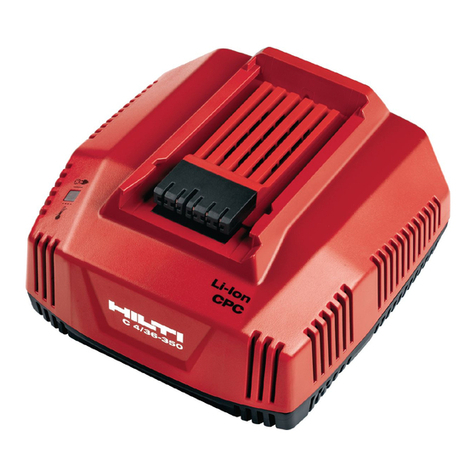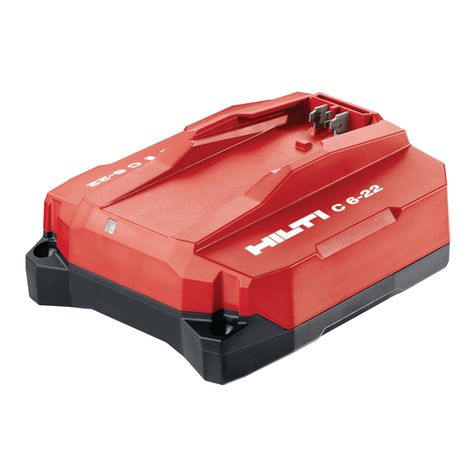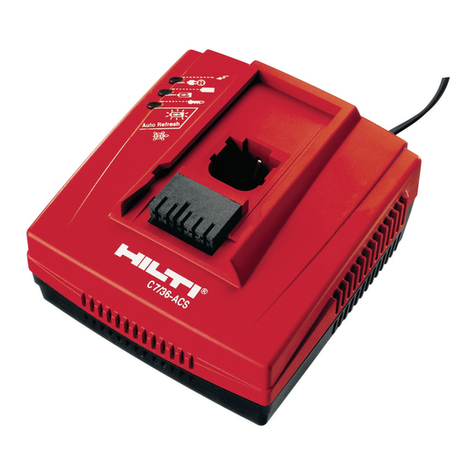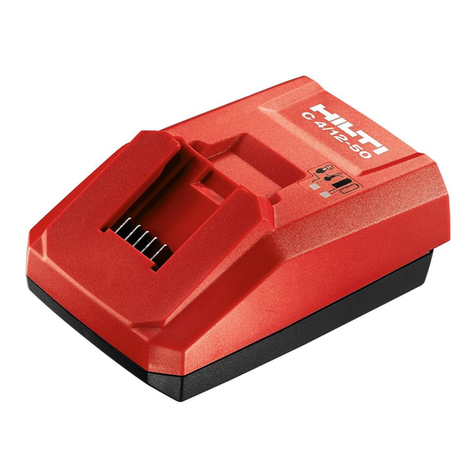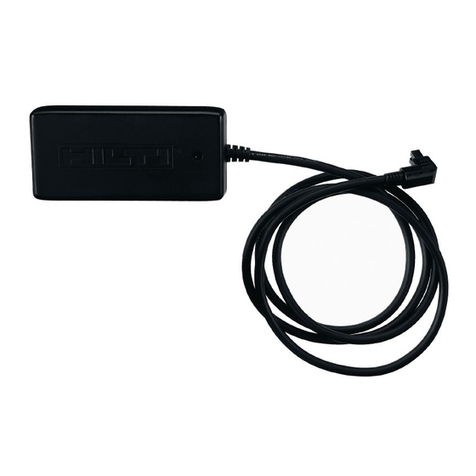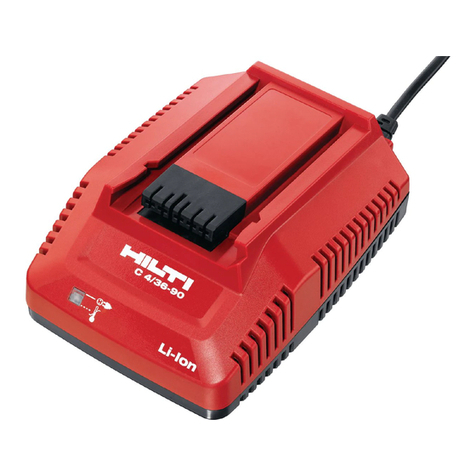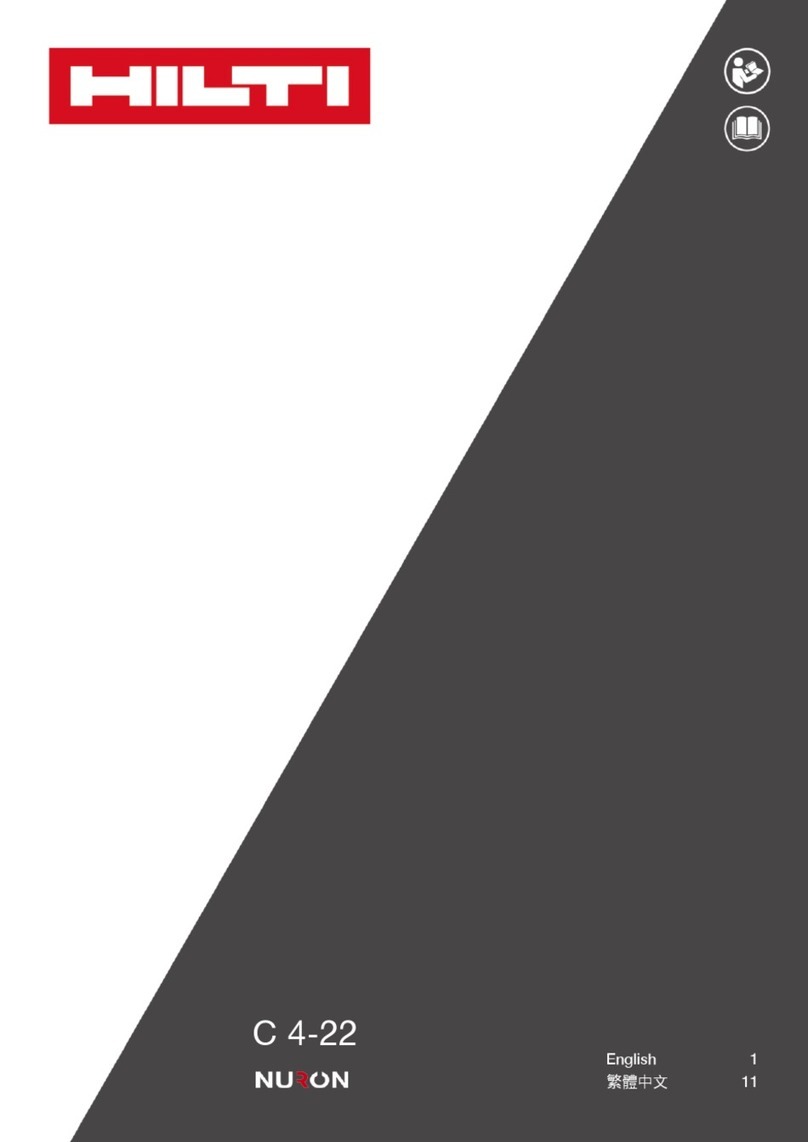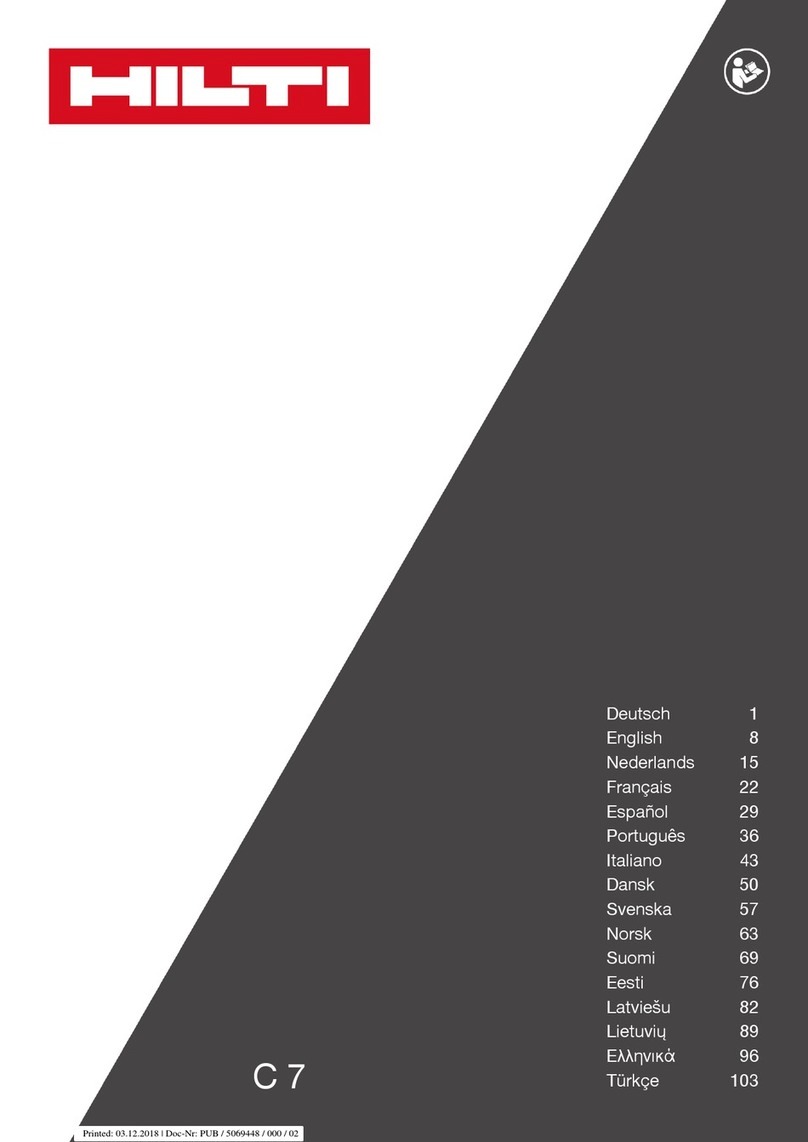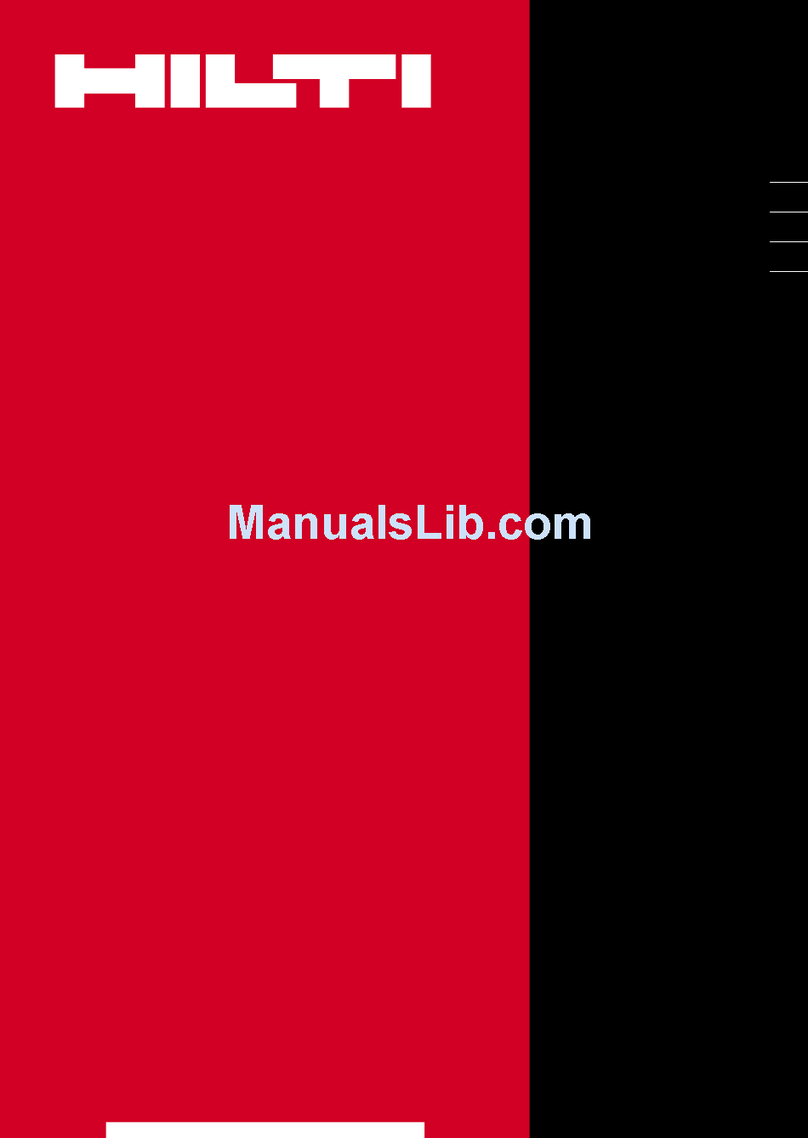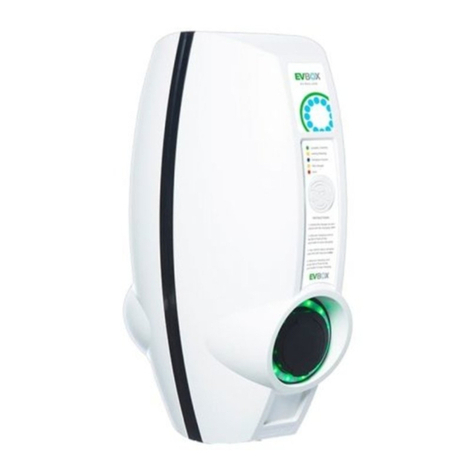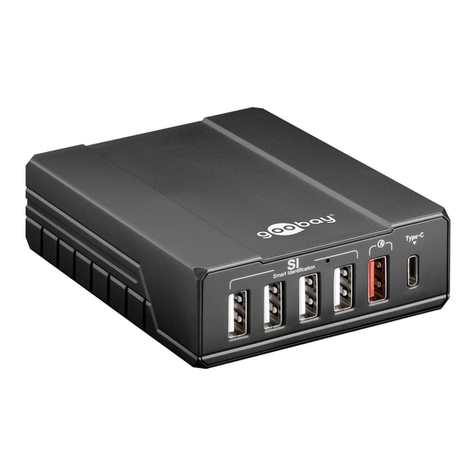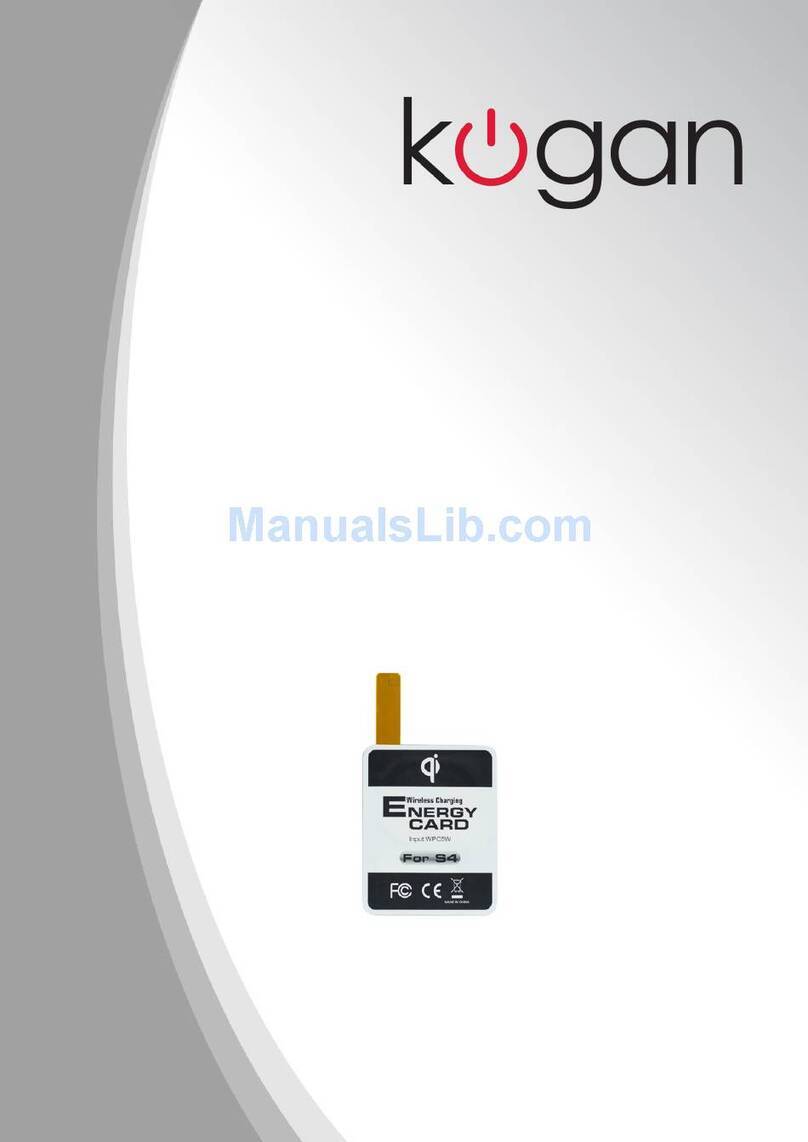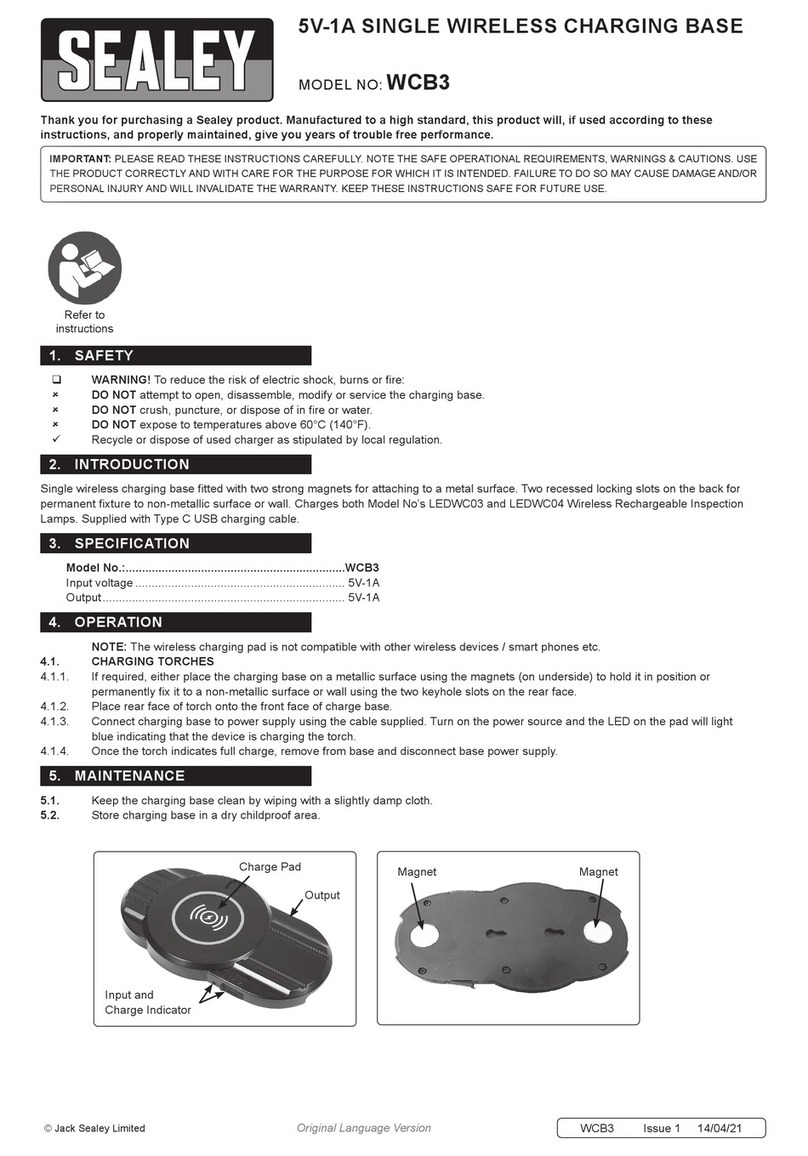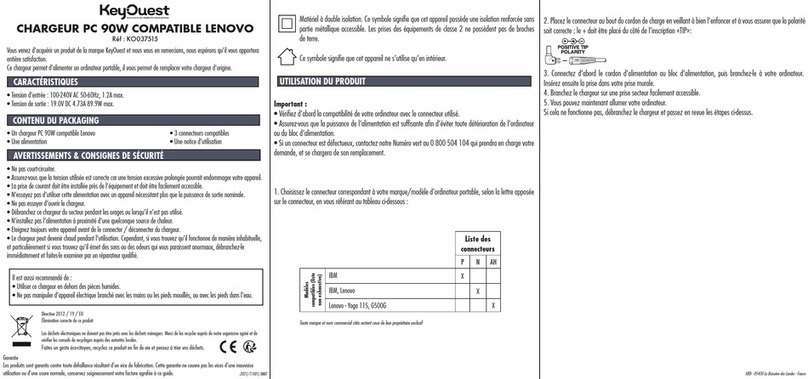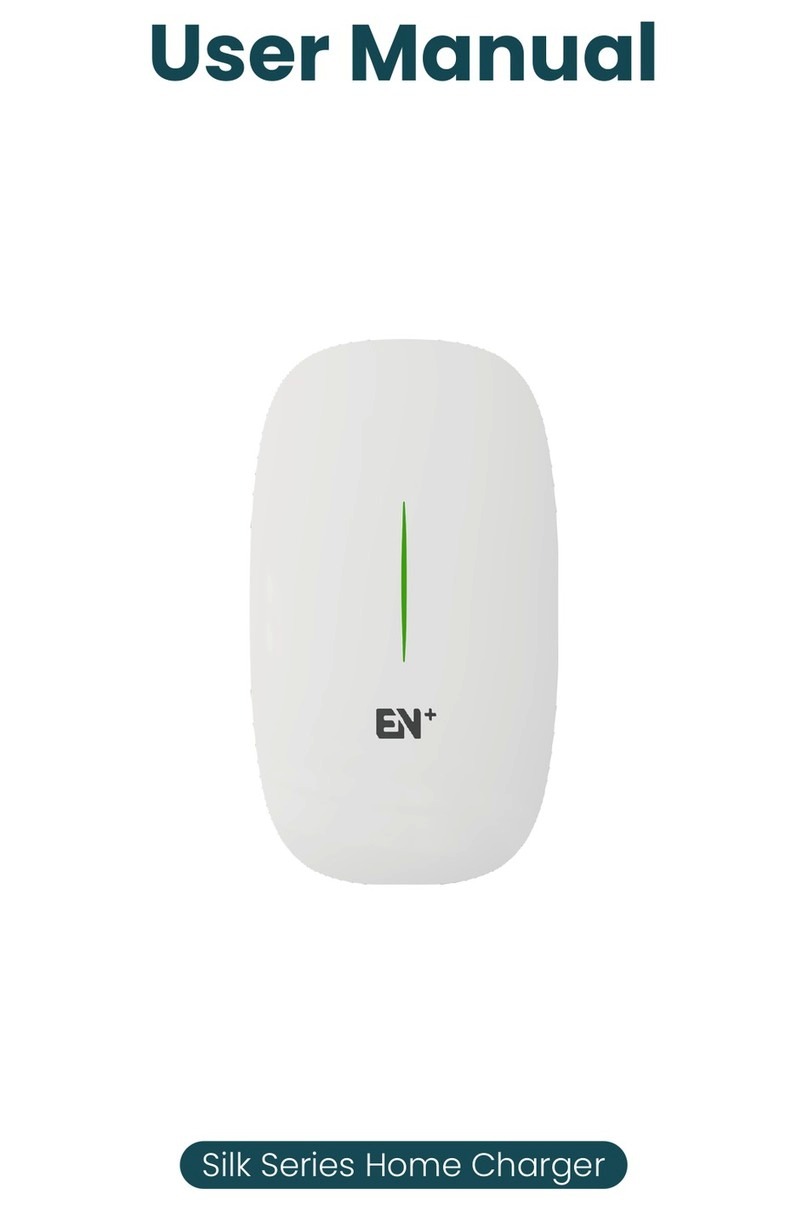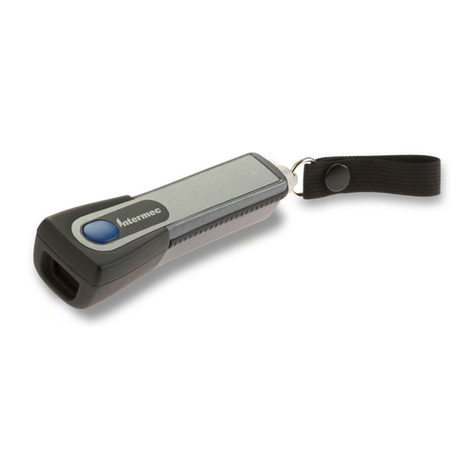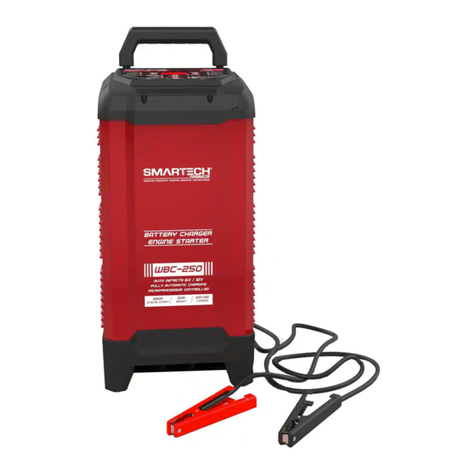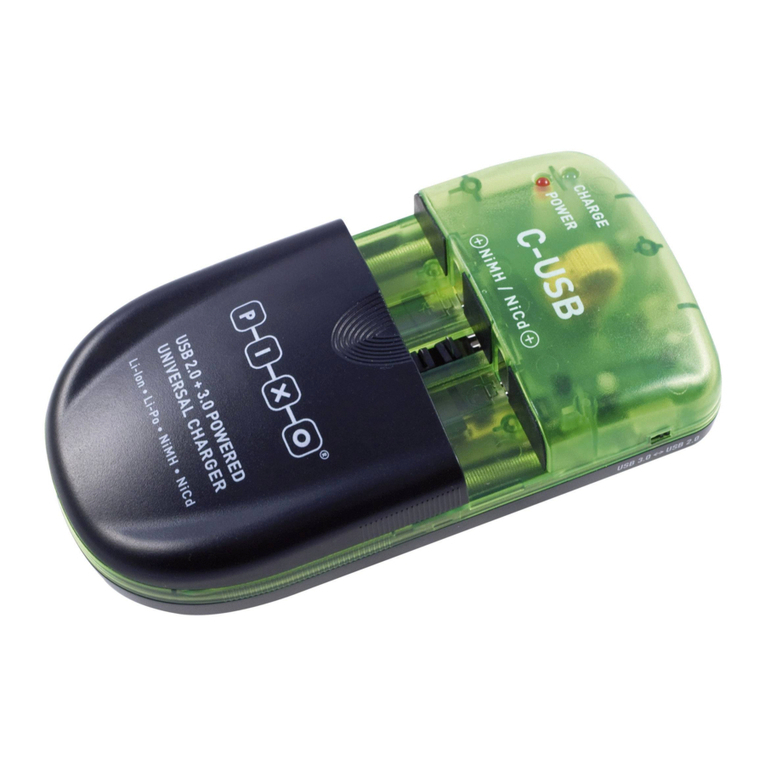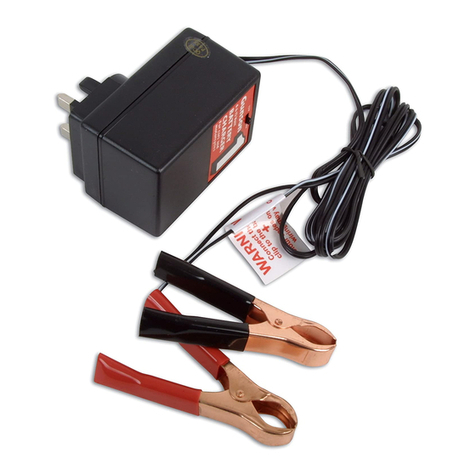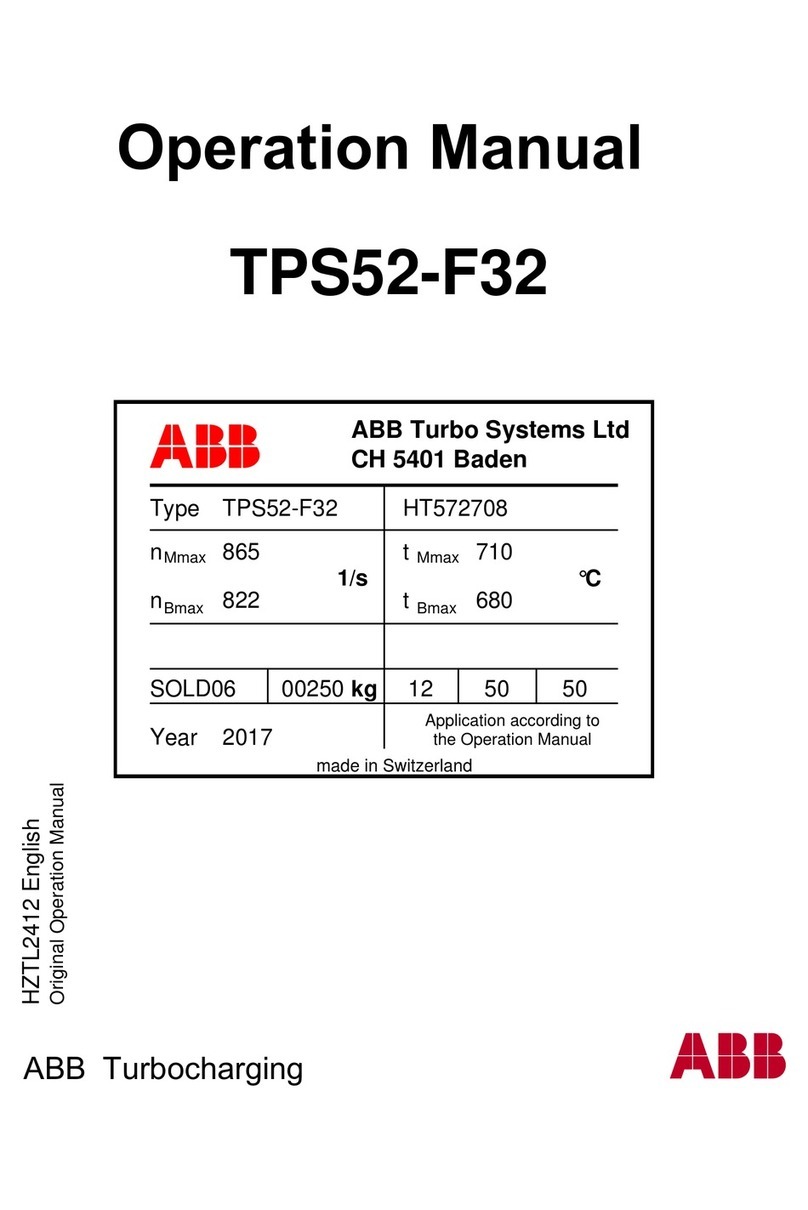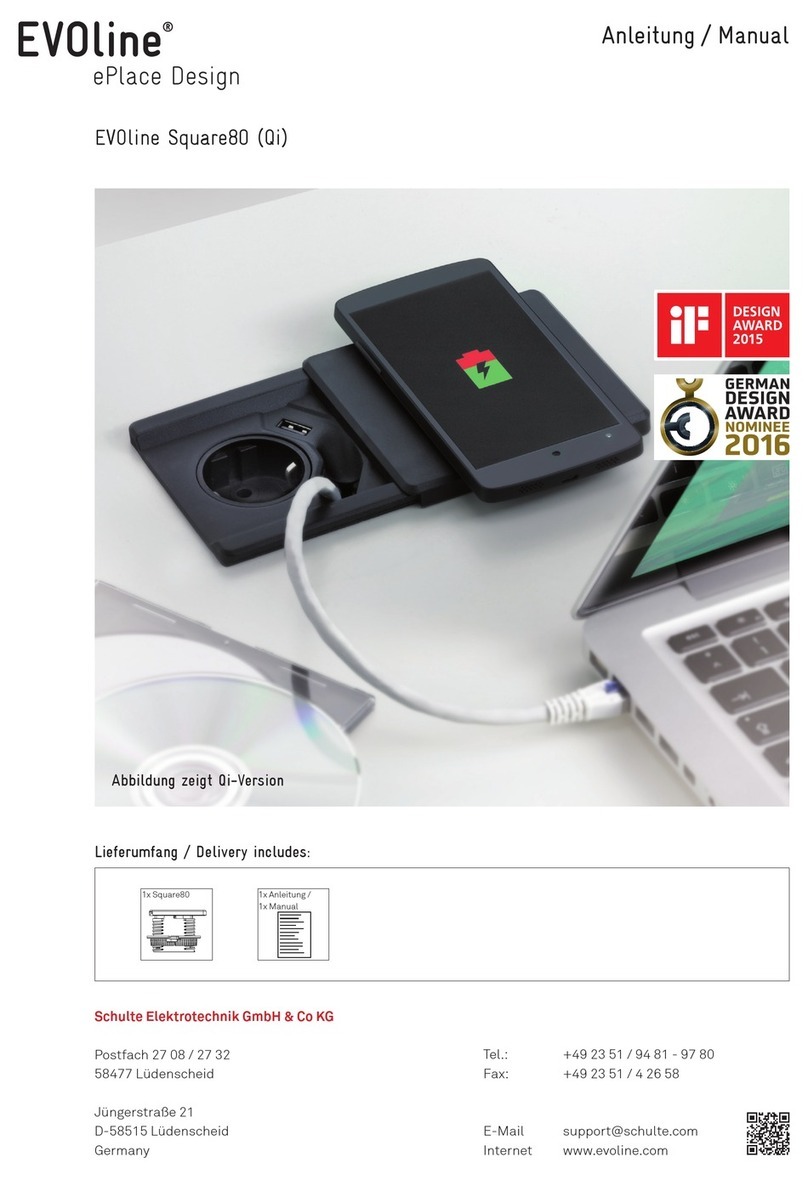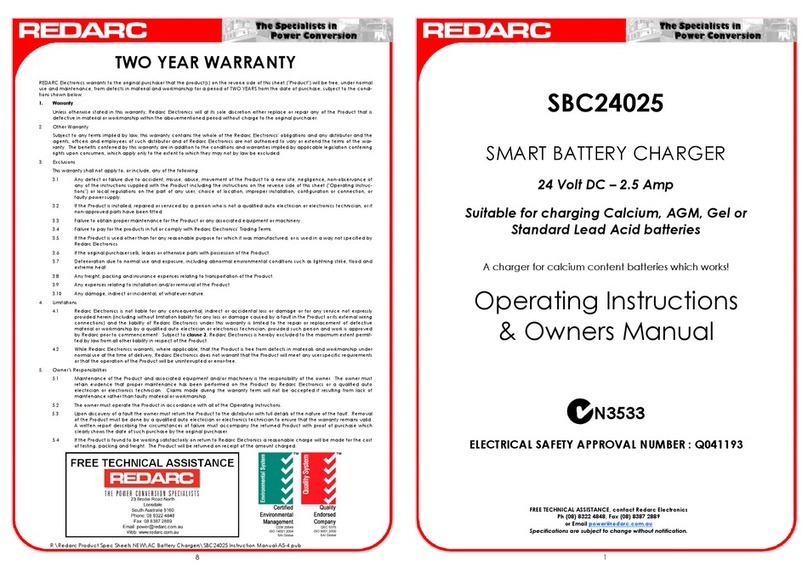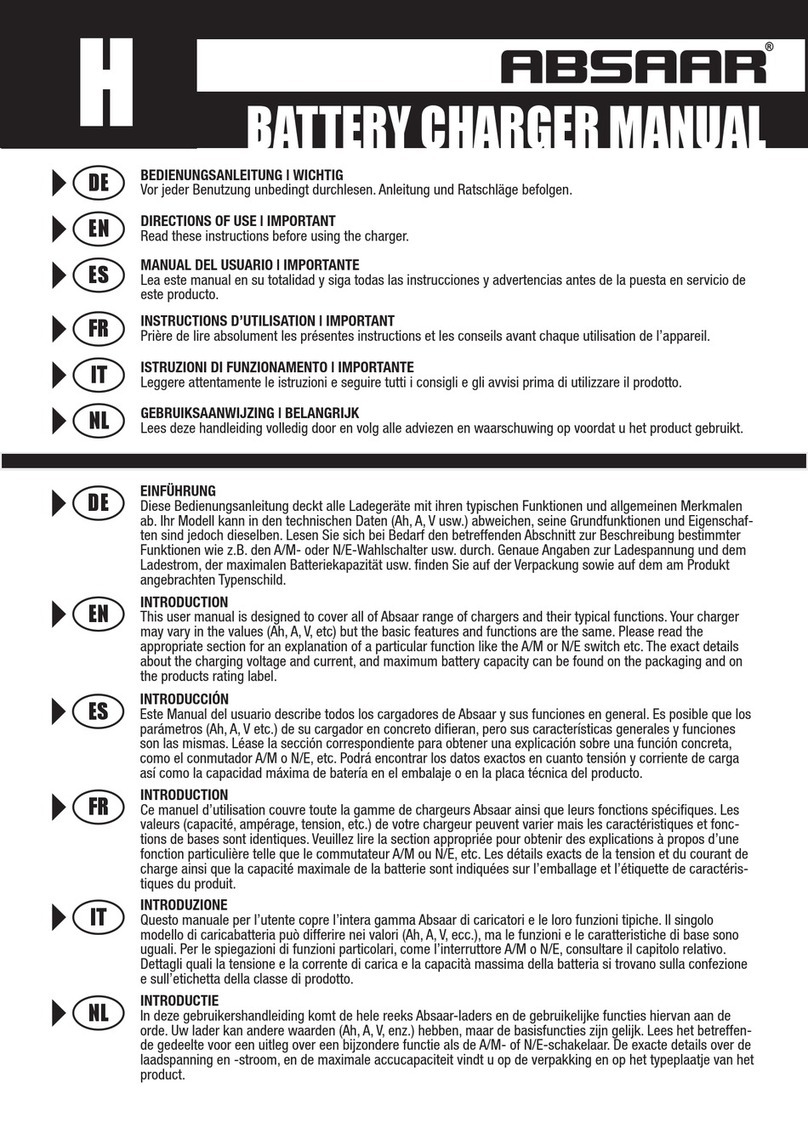
English 3
▶Check the tool and batteries for damage before use after long periods of storage.
▶Never continue to use or attempt to charge damaged batteries, e.g. batteries with cracks, broken parts,
bent or pushed-in / pulled-out contacts).
▶The plug on the supply cord of the electric tool must match the power outlet. Do not change the plug
in any way. Do not use adapter plugs with earthed (grounded) electric tools. Unmodified plugs and
matching outlets reduce risk of electric shock.
▶Use the battery charger only inside dry rooms. Water entering an electric appliance will increase the risk
of electric shock.
Cleaning and drying the tool
▶Clean the tool with a clean, soft cloth.
▶Maintain the appliance carefully. Check to ensure that no parts are broken or damaged in such a way
that the appliance might no longer function correctly. Have damaged parts repaired before using the
appliance.
▶Do not abuse the cord. Never use the cord to carry or hang up the electric tool or to pull the plug out
of the power outlet. Keep the cord well away from heat, oil, sharp edges and moving parts. Damaged
cords increase the risk of electric shock.
2.2 Use and care of battery-powered tools
▶Use only the Hilti batteries specified for use with this product.
▶Observe the special guidelines applicable to the transport, storage and use of Li-ion batteries.
▶Check that the product is switched off before fitting the battery.
▶Do not expose batteries to high temperatures, direct sunlight or fire.
▶Do not disassemble, crush or incinerate batteries and do not subject them to temperatures over 75°C
(167°F).
▶Do not attempt to charge or continue to use damaged batteries.
▶If the battery is too hot to touch it may be defective. In this case, place the tool in a non-flammable
location, well away from flammable materials, where it can be kept under observation and allowed to
cool down. Contact Hilti Service after the battery has cooled down.
3 Description
3.1 Accessories 1
@Battery PSA 81
;AC adapter PUA 81
=Battery PSA 82
%Charger PSA 85
&Battery PSA 83
(PUA 82 motor vehicle power adapter
)AC adapter PUA 85 19V
+Battery PSA 80
§PUA 86 19V motor vehicle power adapter
/Charger PSA 86
3.2 Intended use
Use the PSA 80 only to power the Hilti PS 200 S Ferroscan and the PS 200 M monitor. Charge the PSA 80
battery with the PSA 86 charger.
Use the PSA 81 battery only to power the Hilti PS 1000 X-Scans. Charge the PSA 81 (01 and 02) battery
only with the PUA 81 AC adapter or the PUA 82 motor vehicle power adapter. Charge the PSA 81 (05) with
the PUA 85 19V or PUA 81 AC adapter.
Use the PSA 82 battery to power the Hilti PSA 100 monitor. Charge the battery in the device using the
PUA 81 AC adapter or the PUA 82 motor vehicle power adapter. Alternatively, you can use the PSA 85
charger to charge the PSA 82 battery when it is not in the device.
Use the PSA 83 battery to power the Hilti PSA 200 tablet. Use the PUA 85 19V AC adapter to charge the
battery while it is installed in the device.
Use the PSA 85 charger to charge the PSA 82 battery.
Use the PSA 86 charger to charge the PSA 80 battery.
Use the PUA 81 AC adapter to charge the PSA 81 (01, 02 and 05) battery, the PSA 82 battery when it is in
the PSA 100 monitor (when switched off or in operating mode) and the PRA 84 battery.
Use the PUA 82 motor vehicle power adapter to charge the PSA 81 (01, 02 and 05) battery, the PSA 82
battery when it is in the PSA 100 monitor (when switched off or in operating mode) and the PRA 84 battery.
Use the PUA 85 19V AC adapter to charge the PSA 81 (05) battery and to charge the PSA 83 battery in the
PSA 200 tablet.
Printed: 29.09.2017 | Doc-Nr: PUB / 5070488 / 000 / 07
